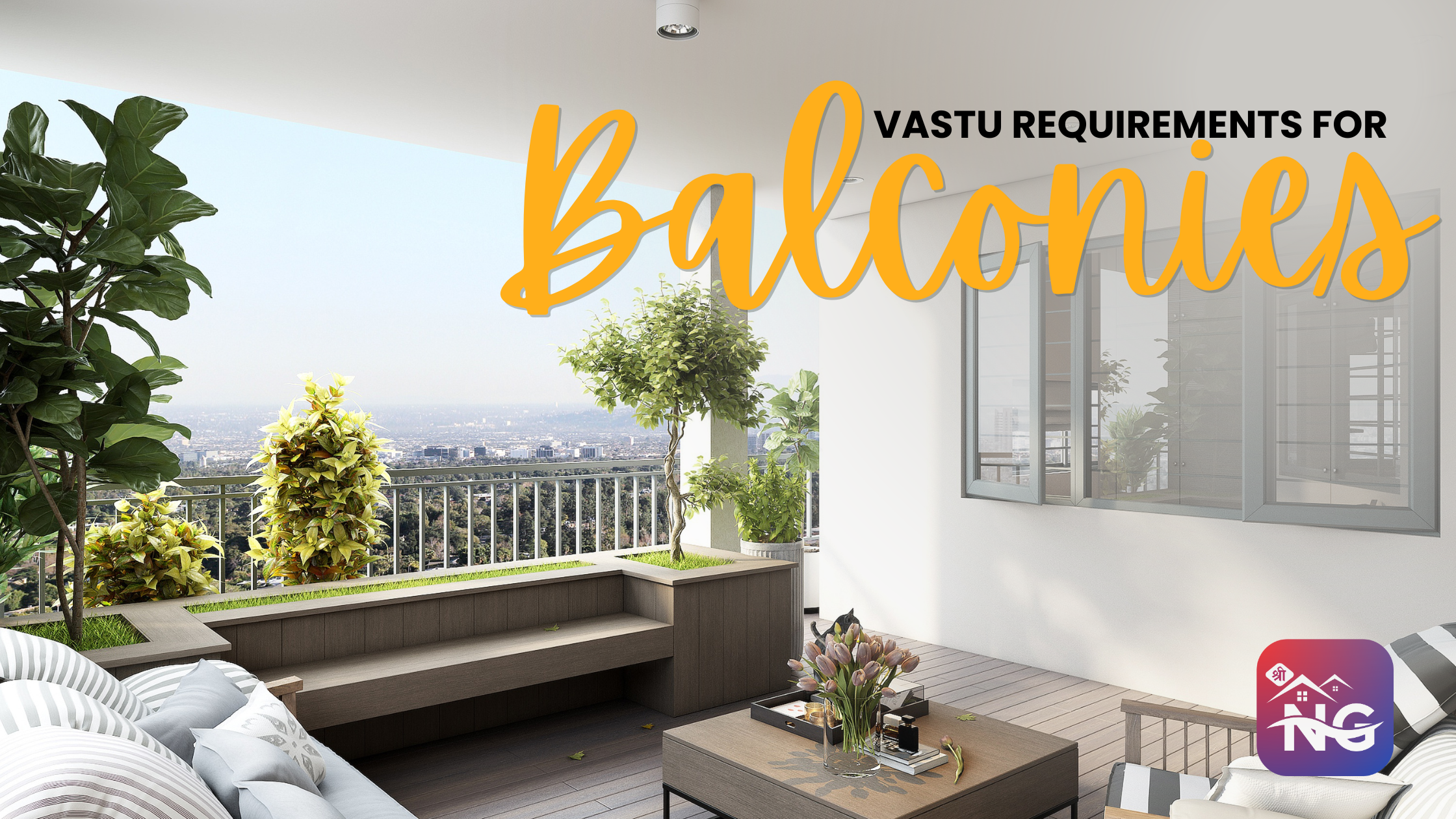
Vastu Requirements for Balconies
26-11-2023
Balconies, an extension of our living spaces into the outdoors, hold significant importance in Vastu Shastra. These spaces not only offer a breath of fresh air but also serve as connectors between the inner sanctum of a home and the external environment. Aligning balconies with Vastu principles ensures that they become harmonious, inviting areas that enhance the overall energy flow within a residence.
Orientation and Location:
According to Vastu Shastra, the placement of balconies plays a crucial role in channeling positive energies. Ideally, balconies should be situated in the North, East, or North-East directions. The North-East direction, associated with auspiciousness and positivity, is particularly favored for balconies. This orientation allows the inflow of gentle sunlight and cool breezes, creating a serene atmosphere conducive to relaxation and rejuvenation.
Design and Structure:
The design elements of a Vastu-compliant balcony are equally important. Balconies should be constructed to be slightly elevated compared to the main floor level. The flooring material should be carefully chosen, preferably using natural materials like marble, granite, or wood, fostering a connection with nature.
Plantation and Décor:
Incorporating greenery and natural elements within the balcony space is highly encouraged in Vastu Shastra. The presence of potted plants, particularly those with broad leaves or flowers, helps in enhancing positive energies. Additionally, the arrangement of furniture and decor should facilitate a free flow of energy without cluttering the space.
Proper Maintenance:
Keeping the balcony clean, clutter-free, and well-maintained is essential. Regularly removing dust and debris, ensuring proper lighting, and allowing ample fresh air circulation are fundamental practices to maintain the positive energy within the balcony area.
Consultation and Adaptation:
While adhering to these Vastu guidelines is beneficial, it's crucial to adapt them to individual circumstances and architectural constraints. Consulting with a Vastu expert or architect can offer personalized recommendations, ensuring a harmonious integration of Vastu principles while considering the practicalities of balcony design within the overall home structure.
Conclusion:
In conclusion, the balcony, when designed in alignment with Vastu Shastra principles, becomes more than just an outdoor space—it transforms into a sanctuary of positive energy, fostering tranquility and connection with nature. By paying attention to orientation, design, decoration, and maintenance, one can create a Vastu-compliant balcony that enhances the overall harmony and well-being of the home.

